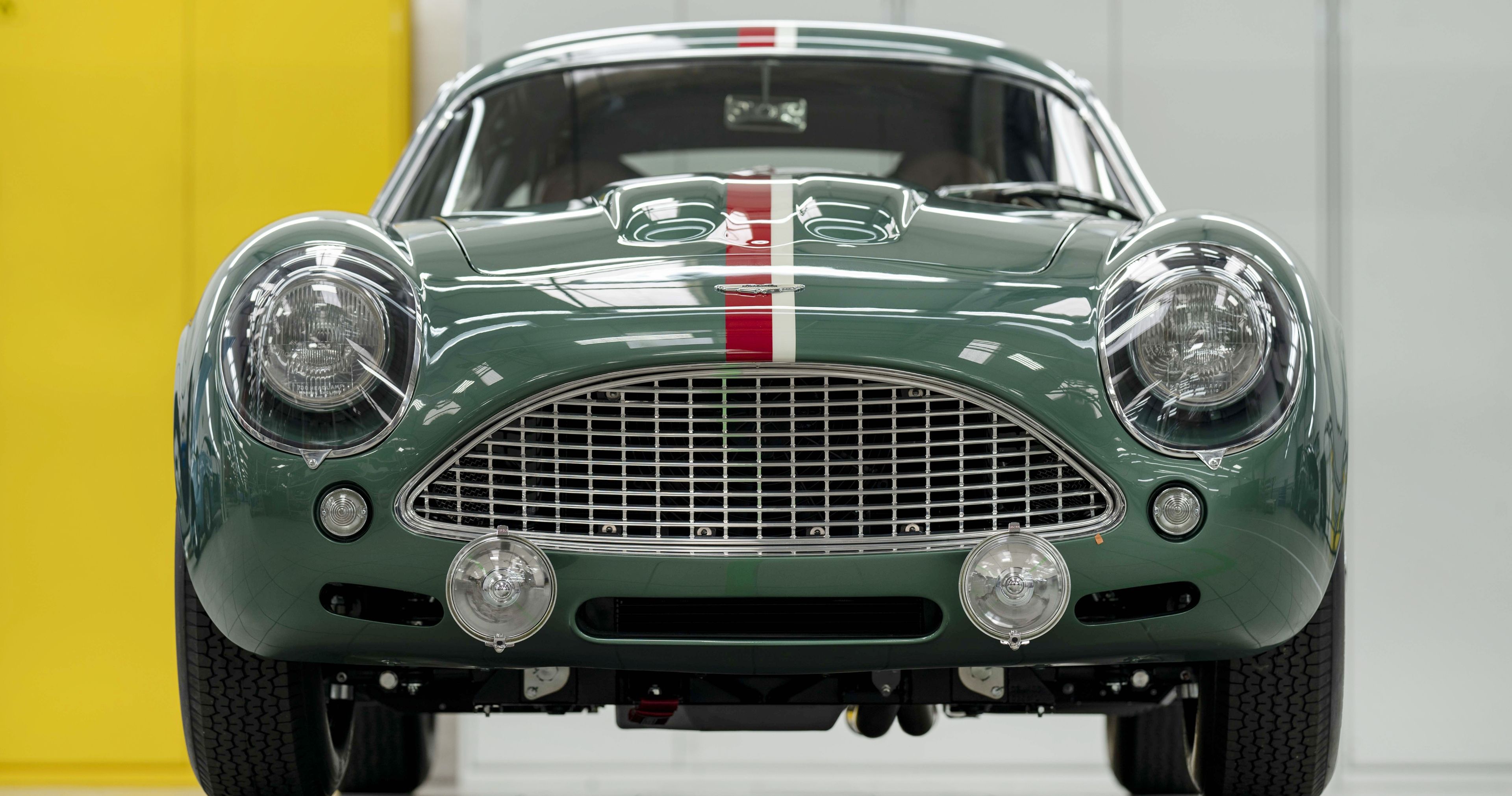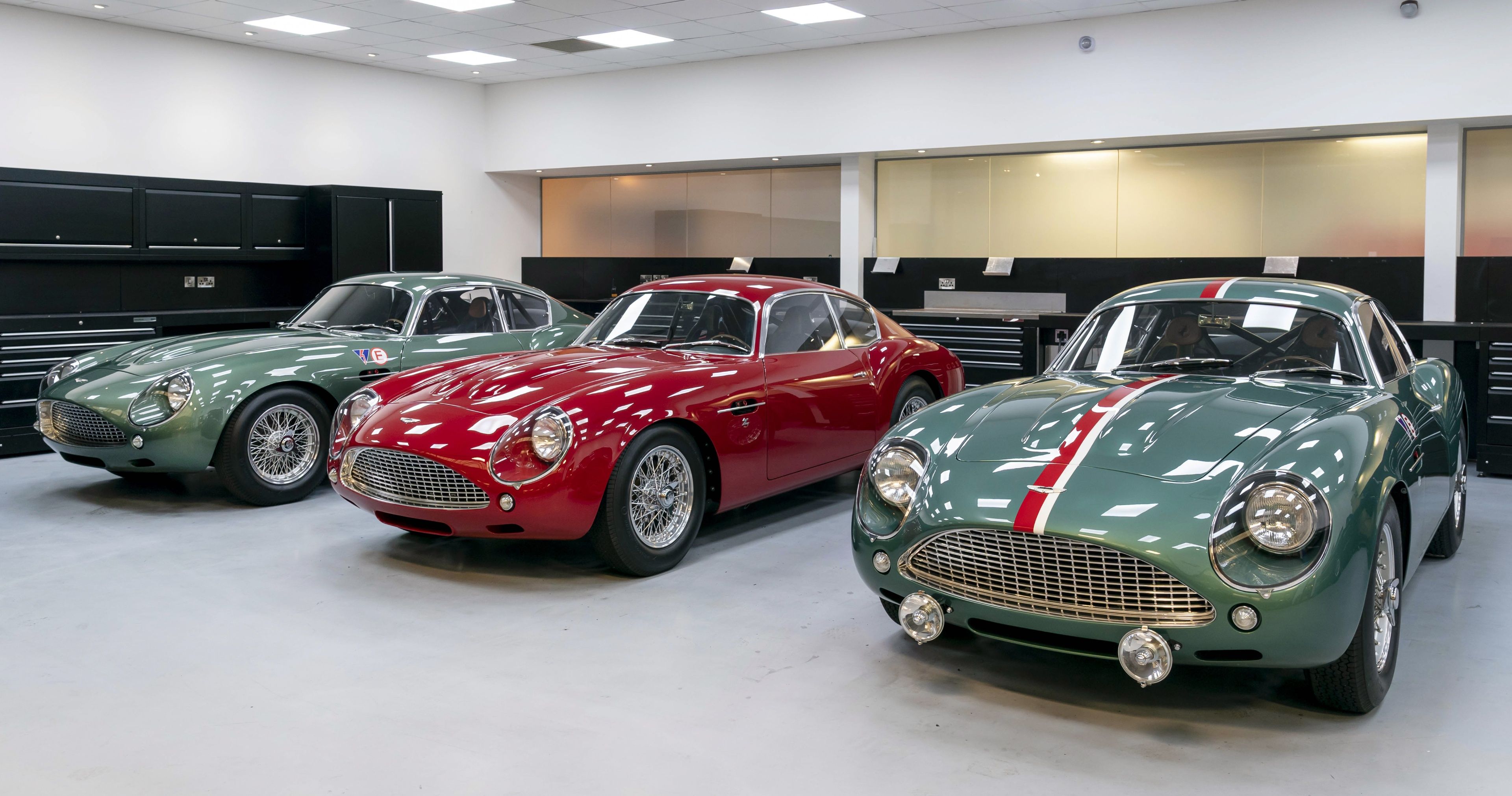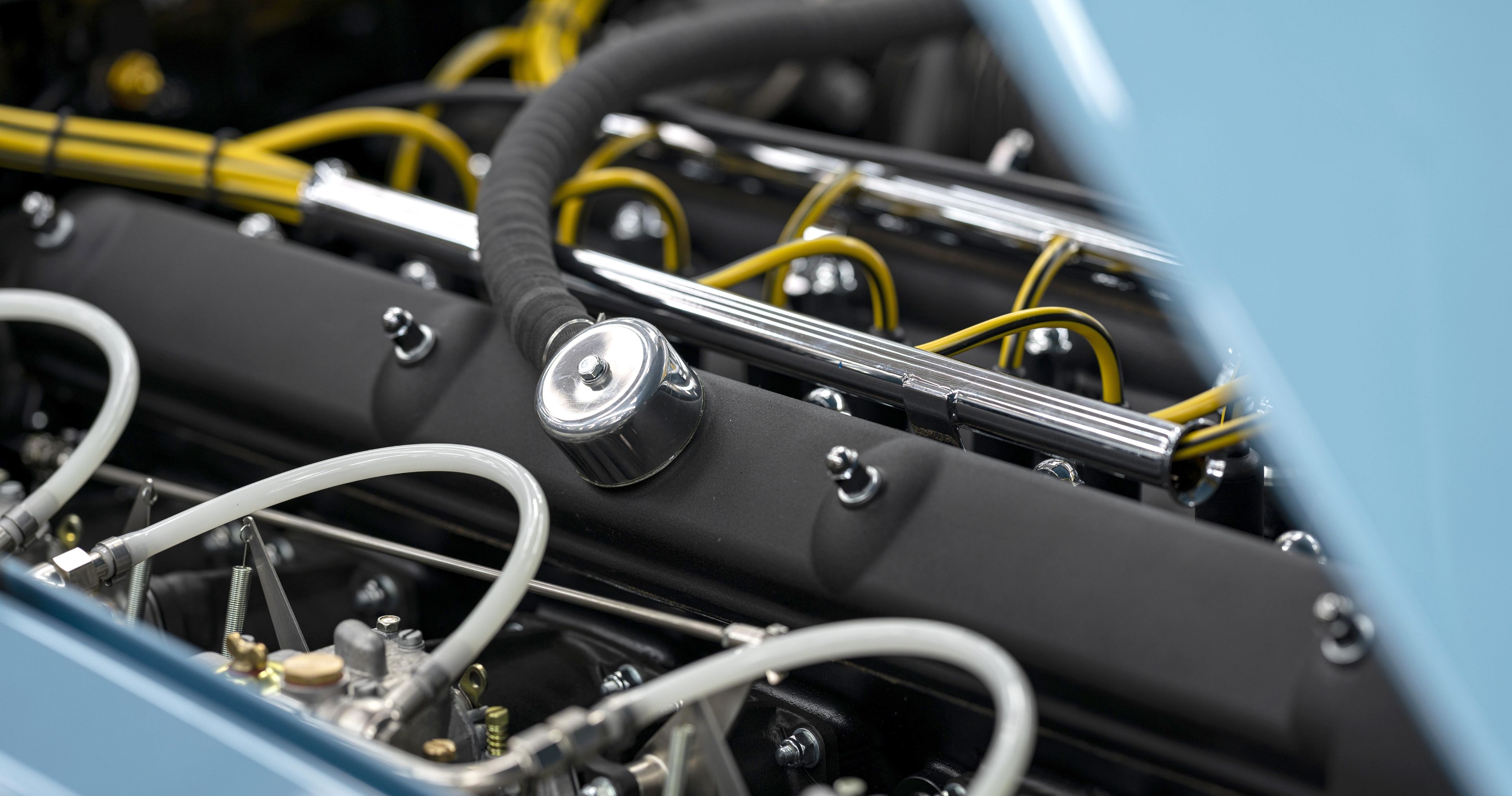British grand touring and luxury sports car manufacturer Aston Martin Lagonda Global Holdings is now delivering the first batch of DB4 GT Zagato Continuation Cars to excited owners across the globe. As part of its DBZ Centenary Collection, which includes the forthcoming DBS GT Zagato, Aston Martin will produce only 19 track-only versions of the iconic sports car at a cost of - are you ready? - $7.9 million plus tax.
The DBZ Centenary Collection is Aston Martin's effort to take advantage of the recent trend by automobile manufacturers to revive and continue production of cars in their portfolio with unique historical, racing, or nostalgic value. Produced by their Heritage Division in Newport Pagnell, Buckinghamshire, the DB4 GT Zagato Continuation Cars are based on the 1960-3 race cars. They are in form and function faithful reproductions and continuations of the original cars down to the smallest detail.
So what are you getting for $7.9 million dollars? Let's go by the numbers. 4,500 hours. That's the amount of time each car takes to put together by expert Aston Martin craftsmen. Bodywork, coachbuilding, engine manufacture and assembly, paint, stitching together hides, and fabricating parts that have long since vanished all takes time and painstaking detail as you'd expect from a marquee such as Aston Martin.
4.2 liters. That's the size of the straight-6 dual-plug Weber-carbureted motor that churns out an impressive 350 hp. While this is larger than the original 314 hp 3.7 liter engine, compromises had to be made due to modern octane requirements and everyday usability. Aston Martin even went so far as to scan the original motors to detect defects in manufacturing before new blocks were made.
Behind the motor is a 4-speed manual transmission and limited-slip differential just like those found on the original cars. There's an FIA-approved roll cage, bucket seats, and it even sports the original Borrani wire-wheels. Even as I was never a fan, the look is great and it's, of course, authentic.
The end result is a car that stays true to the original evoking its simplicity and the raw feel of the road. As to whether or not it's worth the price, however, I suppose if you have $7.9 million laying around the question answers itself. But will these cars be driven as intended or are they a way for Aston Martin to burnish their image with a halo car and owners to let their newest acquisitions sit and appreciate in value? It seems rather unfortunate that most of these thoroughbreds will never blast down a track in the midst of stiff competition and win a hard fought race ... but who knows. I'll keep my eyes pealed. Buckle up.
(via Aston Martin)



